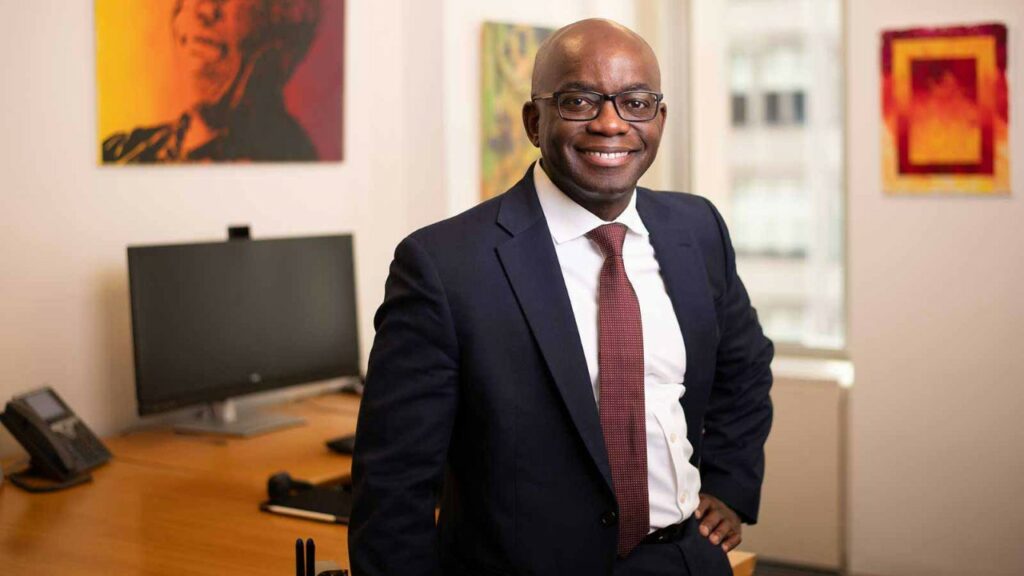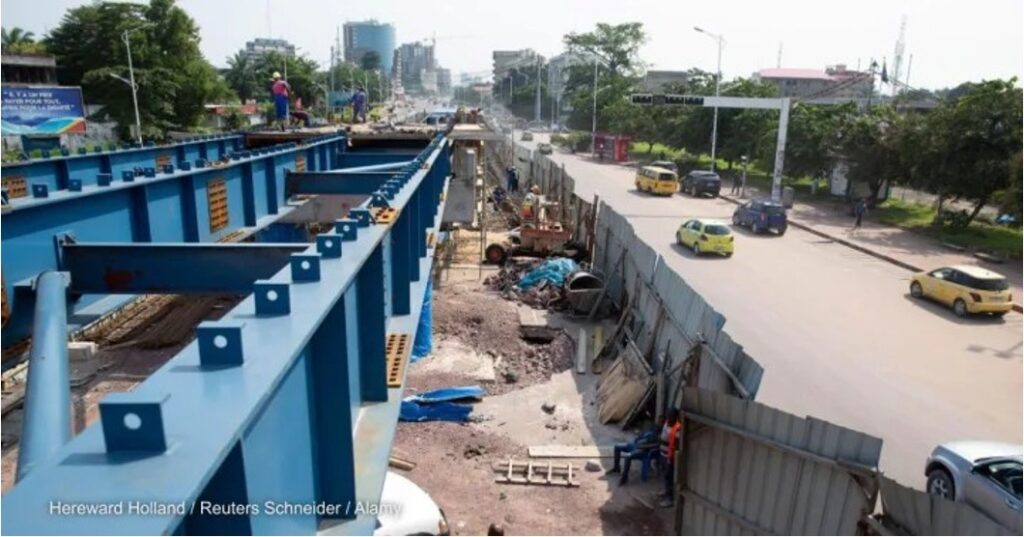Global Aid Is Complicated. The Solution Doesn’t Have To Be
Opinion Authored By: Samuel Maimbo // Dr. Samuel Maimbo is the vice president for budget, performance review, and strategic planning at the World Bank, and a leading development finance expert. He is a candidate for the presidency of the African Development Bank.

Why is the development model set in the wake of World War II not working in African countries?
In the aftermath of World War II, Japan, France, and other nations were left with catastrophic levels of destruction, yet by the 1960s, these countries had not only rebuilt but were enjoying prosperity and economic might. This was due in large part to funding from the World Bank, which was established in 1944 to help them rebuild with grants and low-interest loans.
France was the first country to receive World Bank money in 1947, and within a decade had restored its economy and transformed itself into a donor nation. The Republic of Korea, which received its first funding in 1962, stopped borrowing by 1973, and became a donor in 1977.
Japan’s stratospheric rise from an aid-dependent, near-shattered nation to a global economic powerhouse is the stuff of legends. Japan first took out World Bank loans in 1953, signed its final loan in 1966, and graduated to donor status the following year. By 1984, it was the second-largest shareholder of the bank —fueling development for other countries around the world.
Today, African countries make up a large portion of World Bank funding. Hundreds of billions of dollars have been directed to infrastructure, health, education, agriculture, and other key areas, but much of Africa still faces stagnation and deepening poverty. The question is: Why? Why did this development model succeed in the 1940s elsewhere, but falter in Africa in later decades?

Japan and France were recipients of decisive, results-focused aid that prioritized rebuilding essential infrastructure and revitalizing their economies. Crucially, the “last mile” — how resources flow from global groups to local recipients — was streamlined. In our era, that process is hopelessly clogged.
The landscape of international aid has become both more complex and less efficient. An exponential rise in donor entities and methods has left aid delivery fragmented, and a growing trend of earmarking — funds tied to specific, externally imposed issues — limits the ability of recipients to address their most pressing needs. Seventy-five percent of all development projects are now managed by foreign NGOs and half of their funds bypass recipient countries’ budgets entirely.
Adding to that, the availability of low-interest loans and grants has declined, particularly for countries grappling with debt or instability, meaning the cost to these countries of receiving financial support when they need it most is, in itself, unaffordable.
Global development efforts often resemble an ambitious blueprint with no practical implementation plan. There sources and ideas are there, but bureaucracy, mistrust, and fragmented processes block them from having real impact. Overregulation is a hindrance: Donors fear that without stringent oversight and compliance with their own policy priorities, contributions will be squandered.
The result is a development model where countries must navigate a labyrinth of requirements from hundreds of agencies, each demanding reports, meetings, conflicting guidelines, and elaborate policy commitments. This approach might ensure accountability in theory, but in practice, it chokes progress.
Contrast this with post-war Japan, where the focus was on rebuilding industries, infrastructure, and public services. Japan’s recovery was not encumbered by endless policy directives and red tape, but accelerated by a shared trust among donors, institutions, and local leaders. Yes: Trust, between nations who were only recently blood-soaked enemies.
African nations need development models that enable them to thrive. This means delivering clean water, reliable electricity, and robust infrastructure — the foundations of economic growth. It means simplifying aid delivery and letting local leaders set the priorities for their countries’ needs. It requires donors to let go of excessive safeguards. It requires academics and policymakers to champion the “boring” but essential work of improving systems and processes.
Imagine a future where Zambia, Benin, and the Democratic Republic of Congo become engines of global economic growth. Where there are more investment summits in Yaoundé and Tunis than there are development conferences in London or Washington, D.C. Where African nations move from being aid recipients to net contributors, shaping global policy on their terms.
This is not fantasy: We have historical precedent. And the source of concern and caution among donors today is no less significant than what they grappled with in the aftermath of World War II, in funding the resurgence of countries that had vowed their destruction.
The same way the world has benefited immeasurably from Japan’s recovery into a stable, strong, self-sustaining economy and society, if Africa begins to develop swiftly and successfully, everyone wins. For that reason, wealthy nations should do exactly what they did to rescue countries post- 1945 — whatever it takes.
Read more:
*This article appeared on the Devex – Do Good. Do It Well website on 7 January 2025. Devex is the media platform for the global development community. A social enterprise, connecting and informing over 1.3 million development, health, humanitarian, and sustainability professionals through news, business intelligence, and funding & career opportunities so you can do more good for more people.
